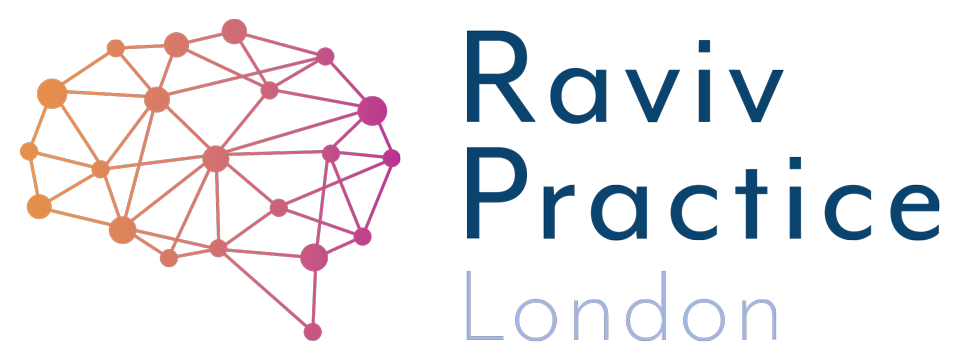Why you shouldn't stop your toddler from writing on your walls!
Introducing cursive handwriting in the first years of schooling is a daunting task for parent and child alike. Yet, more and more primary schools are insisting that a child entering school should embark on writing at this seemingly complicated level.
As a mother and a therapist I completely agree with this line of thought. In fact, I made sure that this was a pre-requisite when selecting a school for my own child.
The process may appear contrived but cursive script is a more natural progression from the circular scribbles and curved forms, than print block writing is.
Printed letters requires more developed motor control of the hand, and more strength in the child's wrist than can be mustered by a five year old. The precision required to form clear geometric linear shapes can not be created as a starting point to writing, but an accumulative skill acquired much later in developmental terms. Just by looking at a child's (pre-school) drawings you can see that curved shapes are more frequent than angular linear shapes. There are a number of arguments against this idea; opponents feel it causes confusion as cursive writing does not appear in printed form in books, or that it is too complicated to create and looks illegible. Of course there are exceptions to the rule when a child has a diagnosed problem such as dysgraphia/dyspraxia and the complexity of writing/drawing or any other fine motor activity is difficult.
Everything else put aside the benefit of cursive script outweigh block print. The key advantages to this system are:
By making each letter in one movement children’s hands develop a ‘physical memory’ of it, making it easier to produce the correct shape;
Because letters and words flow from left to right children are less likely to reverse letters that are generally difficult (like b/d or p/q);
There is a clearer distinction between capital letters and lower case letters;
The continuous flow of writing ultimately improves speed as well as spelling.
I have worked with many dyslexic children that do not reverse their letters when writing because they have been taught to write using cursive script; moving from left to right when writing without taking their pencil off the page and always starting at the same point when moving across the page.
Initially it is not an easy route (early years are a challenge!) it is nevertheless worth to persist and give it sufficient time. Especially since complicated spelling easily can be embedded in the physical memory of how that spelling 'feels' as one writes the shapes in the memorised sequence.
So what about writing on walls? Why should this be encouraged?
'Mark making' scribbling is a secondary skill for refining fine motor control. Its pre-requisite is gross motor skills acquired when using our arms. Thus, coordination in our arms acquired when crawling, using a spoon to eat, climbing, throwing and catching all need to be developed first.
Using a vertical surface to write on will:
Strengthen shoulders, upper arms and hand.
Strengthen wrist and intrinsic hand muscles needed later for fine motor co-ordination such as cutting and writing.
Allow a child to see what he/she is drawing whilst standing in front of it rather than being hunched over the table.
Allow better coordination between eyes and hands as the work is at eye level
Encourage bilateral integration (simultaneous use of both hands) if the child has to steady himself/herself with the other hand.
Possibly encourage hand dominance (establishing the hand for writing with) considering the child needs to stand up and lean towards the wall. By doing so he or she will be using more muscle groups and will be reaching/writing with the most stable hand (this is my own conclusion).
What’s more, parents need not sacrifice their pristine walls for this endeavour. The use of easels, adhesive black board sheets or paper stuck to the fridge is fine. My personal favourite from when my daughter was younger was drawing with chunky chalk on the garage wall.
© Usha Patel 2012
Usha Patel is a Learning Difficulties Therapist . Her focus lay in using non-invasive motor sensory techniques and specialist software for cognitive enhancement.
